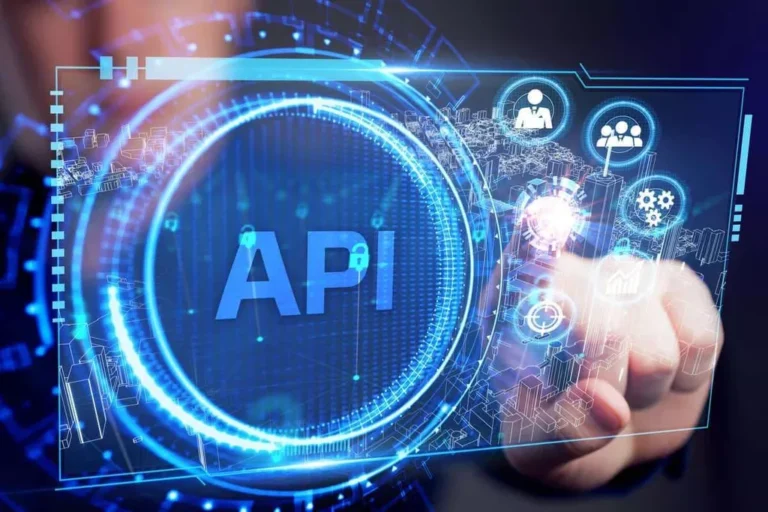Unlike conventional software program development methodologies, CI focuses on the seamless integration of individual code adjustments, permitting groups to detect and handle integration points early within the growth process. CI helps DevOps teams detect and resolve conflicts early and ensures that the codebase remains stable. With continuous integration, errors and security issues could be identified and glued more simply, and far earlier in the https://yooutube.ru/es/bez-izlishestv-obzor-i-testirovanie-materinskoi-platy-asus-p8z68-v-lx-obzor-i/ growth process. Continuous integration (CI), includes a set of practices and principles that enable software growth teams to make frequent, dependable code changes.
Containerization In Devops: The Complete Guide
However, if a company is about as a lot as merge all branching supply code together on at some point (known as “merge day”), the ensuing work can be tedious, handbook, and time-intensive. That’s as a result of when a developer working in isolation makes a change to an application, there’s a chance it’ll battle with completely different adjustments being concurrently made by other developers. This means testing everything from classes and performance to the completely different modules that comprise the complete app. One of the advantages of CI is that if automated testing discovers a conflict between new and present code, it is simpler to repair these bugs rapidly and often. Continuous integration (CI) is a software improvement follow where code adjustments are frequently built-in into a shared repository. Its objective is to detect integration points early by automating code builds and working tests on each integration.
What Are Some Frequent Ci/cd Tools?

Finding errors earlier can scale back the quantity of work necessary to resolve them. Atlassian’s Bamboo Bamboo Data Center is a CI server that focuses on resilience, reliability, and scalability, making certain that the CI/CD pipeline will always be out there with built-in catastrophe restoration. In today’s rapidly evolving technological panorama, businesses across various industries are constantly in search of ways to streamline their operations and stay forward of the competitors. One crucial facet of reaching this goal is the efficient implementation of DevOps practices.
Early Suggestions On Integration Issues
By continuously testing and monitoring the software, teams can establish areas for optimization and enhancement. The use of automated processes to help guarantee code high quality is a key characteristic of the CI/CD pipeline and this pipeline in steady delivery refers to number of steps of the method. Unit testing is used as software updates progress through the pipeline to pinpoint dependencies and other issues earlier, push revisions to varied environments, and ship applications to manufacturing systems. The potential to automate varied stages of the CI/CD pipeline aids growth teams in enhancing high quality and dealing faster, as nicely as other DevOps metrics. Continuous integration (CI) revolutionizes the software improvement process by integrating code changes frequently and automating testing, which leads to fast suggestions and improved software quality.

Important Practices In Continuous Integration
- Its visible pipeline editor and YAML-based configuration empower you to define intricate deployment workflows effortlessly.
- Continuous testing in a CI environment begins when a developer produces a construct and a bundle (also generally recognized as an installable entity or a packaged entity) and ends when the package deal goes into manufacturing.
- With its cloud-native structure, Zeet takes full advantage of the scalability and elasticity offered by cloud and Kubernetes deployments.
- If you have an interest in Continuous Integration tutorials and finest practices we suggest you check out some of the engineering blogs mentioned below.
- Traditional development approaches, such as the Waterfall model, can even benefit from the use of CI strategies for the development or construct stage.
CI/CD is typically practiced by agile improvement and operations groups following either a DevOps or web site reliability engineering (SRE) strategy. CI streamlines the coding and construct processes for the event team, whereas CD streamlines the release and deployment processes for the operations team. The main objective of a CI server is to continuously build and test the software program application whenever new changes are pushed to the repository. It supplies an automated and centralized platform for managing the construct and take a look at processes, guaranteeing that code modifications are built-in easily and any points are recognized and resolved shortly. With CircleCI, you don’t want a PhD in rocket science to configure your pipelines.
Test In A Clone Of The Manufacturing Setting
There are vital benefits to reducing the dimensions of features from two months to 2 weeks. Continuous Integration has the advantage of setting high-frequency integration because the baseline, setting habits and practices that make it sustainable. With Continuous Integration, every day we’re all pushing our adjustments to the mainline and pulling everybody else’s changes into our own work. This leads to many more bouts of integration work, however every bout is much smaller. It’s a lot easier to combine a couple of hours work on a code base than to mix a quantity of days. This is simply semi-integration because each developer combines the modifications on mainline to their own native branch.
The pull request informs all the guy developers that a brand new set of modifications are ready for integration. Along with that, a guide approval step is taken, by which a code review is performed. This code review helps in a better assessment of the code and its performance. Continuous Integration enables better transparency and farsightedness in the strategy of software program improvement and delivery.

Continuous delivery is a software program growth follow that works at the facet of CI to automate the infrastructure provisioning and application launch course of. System-level integration and testing are required to check features completely. Figure 3 illustrates how the System Team helps integrate the work of all groups on the ART regularly, providing some objective evidence of progress.

The improved software high quality, accelerated time-to-market, and enhanced collaboration and communication end in vital value financial savings. By catching and fixing issues early within the development cycle, organizations can keep away from costlier fixes in production. The mixture of rapid suggestions loops, early bug detection, and improved collaboration can result in a 10x enhance in productiveness.

Making use of microservices in your code design will allow you to limit the impact of maintenance to just one area of the system directly. One study exhibits that organizations which have adopted CI/CD practices have 25% faster lead times and 50% fewer failures compared to individuals who don’t. Once the group gets the grasp of the circulate, it often feels comfy, smooth – and quick.

It provides strong functionalities to include individual build, test, launch, and deployment tools and connect these into one pipeline using scripts to orchestrate the person steps. Jenkins is open source and has greater than 1,600 plugins, allowing customers to automate development tasks beyond the CI/CD pipeline. CI/CD automates the process of integrating, releasing, and deploying software while eradicating traditional roadblocks. It supports the larger goal of agile methodology to speed up the software improvement lifecycle, and it helps the DevOps approach of aligning growth and operations teams. Continuous Integration (CI) and Trunk Based Development (TBD) are two software improvement processes which have turn out to be more and more in style lately.
When discussing the relative deserves of the three styles of integration, many of the discussion is really concerning the frequency of integration. Both Pre-Release Integration and Feature Branching can operate at completely different frequencies and it’s potential to alter integration frequency without changing the type of integration. If we’re using Pre-Release Integration, there is a huge difference between monthly releases and annual releases. Feature Branching usually works at a higher frequency, as a result of integration occurs when every feature is individually pushed to mainline, as opposed to waiting to batch a bunch of units together.
